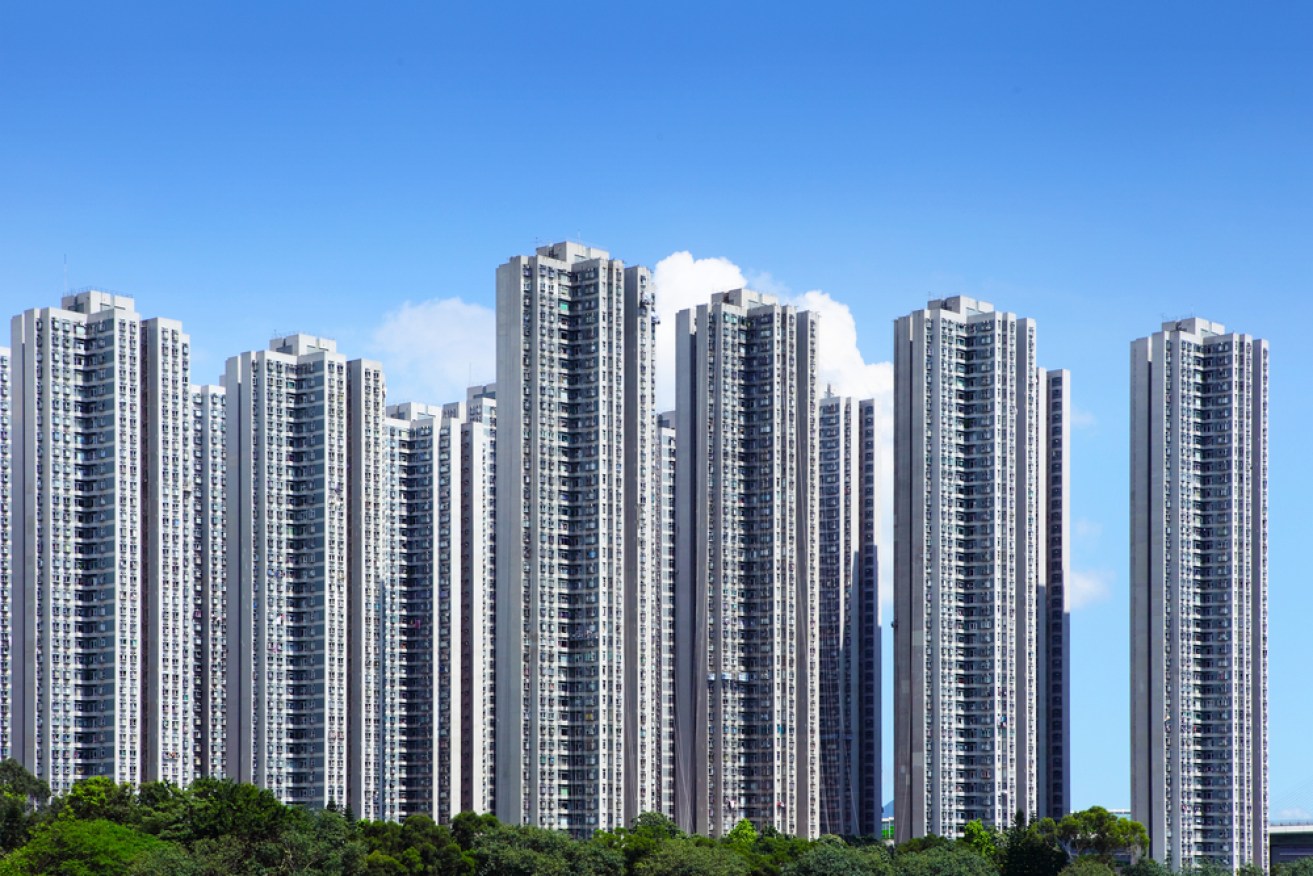Ten ways to promote affordable housing


Shutterstock
When Treasurer Joe Hockey made his “get a good job” gaffe earlier in June, he attracted a storm of criticism.
The multimillionaire Treasurer’s simplistic solution to housing affordability led many to declare he was out of touch.
But despite such widespread indignation, there has been very little practical action to solve the growing problem of housing affordability.
• ‘First, get a good job’: Hockey’s housing secret
• Who are you calling lazy, Mr Hockey?
• Renting: why it isn’t the end of the world
On Wednesday, a group of seven leading housing academics got together to address what they called the government’s “complacency” on the issue.
In an article published on The Conversation, the academics, who come from the University of Sydney, University of New South Wales and the University of Western Sydney, argued that Mr Hockey’s solution to “build, build, build” was insufficient and simplistic.

Treasurer Joe Hockey has shown very little interest in tackling the housing problem.
“[W]hile action to maximise supply is unquestionably part of the required strategy, it is a lazy fallacy to claim that the solution is simply to ‘build more homes’,” they said.
“The widening cracks in Australia’s housing system can no longer be concealed,” they went on. “The extraordinary recent debate has laid bare both the depth of public concern and the vacuum of coherent policy to promote housing affordability. The community is clamouring for leadership and change.”
The authors said housing in Australia was the fifth most overvalued in the OECD, and that house prices were increasingly becoming “detached from economic fundamentals” – a polite way of saying it’s in bubble territory.
But it isn’t just buyers who are in trouble: the cost of renting is also going up. According to a new study, by 2011 400,000 low-income households had been pushed into poverty by unaffordable rents. They also said the decline in public housing has left 30-40 of public housing in NSW sub-standard.
So, what is to be done? Here are 10 solutions:
1. Phase out negative gearing
Critics of negative gearing and capital gains tax concessions argue it encourages wealthier Australians to invest in property, which both pushes up the price of housing and squeezes out first-time owner-occupiers. The academics said phasing out these concessions would “moderate” property speculation. Read more about it here.
2. Use the savings to promote affordable rental accommodation
The Grattan Institute estimates the government could save $5 billion a year in extra revenue by doing away with negative gearing concessions. The seven Sydney academics say this saving should be redirected “to support provision of affordable rental housing at a range of price points and to offer appropriate incentives for prospective home buyers with limited means”.

House prices in Sydney are off the chart. Photo: Shutterstock
3. Encourage super funds to invest in rental accommodation
Currently the majority of rental accommodation is privately owned, but organisations such as the Australian Council of Social Services believe a better system would be to have rental accommodation owned by institutional investors, with the scale to invest in big properties for the income they deliver, rather than their capital appreciation. This would result in longer leases and more rights for renters. The seven academics argue government-backed ‘housing supply bonds‘ are one way of doing this.
4. Replace stamp duty with a value tax
The academics argue that stamp duty – which has skyrocketed in many states in recent years – is “an inefficient tax on mobility”. That is, you have to pay it every time you move house. A better system would be a broad-based property value tax, which they call “a healthy incentive to fully utilise property assets”. Under-usage of space is a big problem at the moment, they say.
5. Promote ‘partial ownership’ tenures
Partial ownership tenures allow you to part buy a property with an ‘equity partner’ such as a financial institution (e.g. a bank) or the government. It is somewhere between renting and outright-owning. It is more affordable than owning, particularly because you will be paying a lot less interest; and unlike renting, you benefit from the (presumed) appreciation of the value of the property. However it would take a big attitude adjustment. A 2010 study found consumers thought it was “a good idea, but not for me”.
6. Enhance rent assistance
This is a scheme to improve affordability for low-income tenants.

Improved infrastructure can stimulate development in dwindling areas.
7. Reduce land price discrepancies
The academics recommend avoiding ghettoisation by improving infrastructure and “encouraging targeted regional development to redirect growth”.
8. Simplify land use planning process
This would make it easier to develop new housing – though the academics stress the need for “community involvement and proper controls on inappropriate development”.
9. Increase onus on local authorities
They recommend requiring “local authorities to develop local housing needs assessments and equip them with the means to secure mandated affordable housing targets”.
10. Upgrade existing public housing
As mentioned above, a huge portion of public housing is classed as ‘sub-standard’.
The authors were Hal Pawson, Bill Randolph, Judith Yates, Michael Darcy, Nicole Gurran, Peter Phibbs and Vivenne Milligan. You can read their article here.








